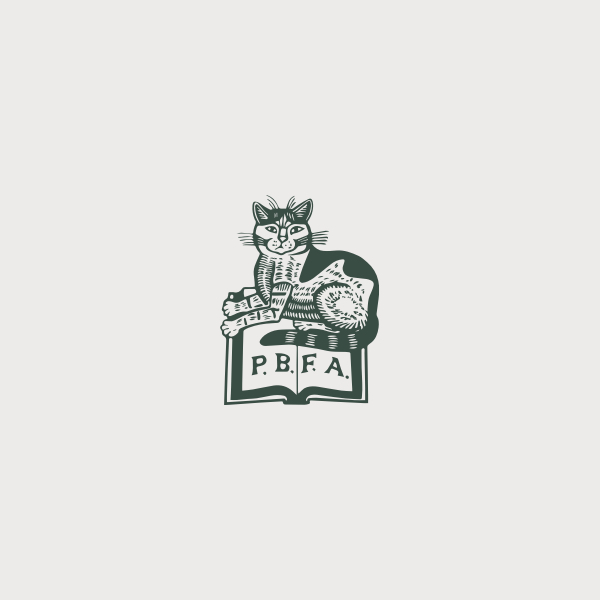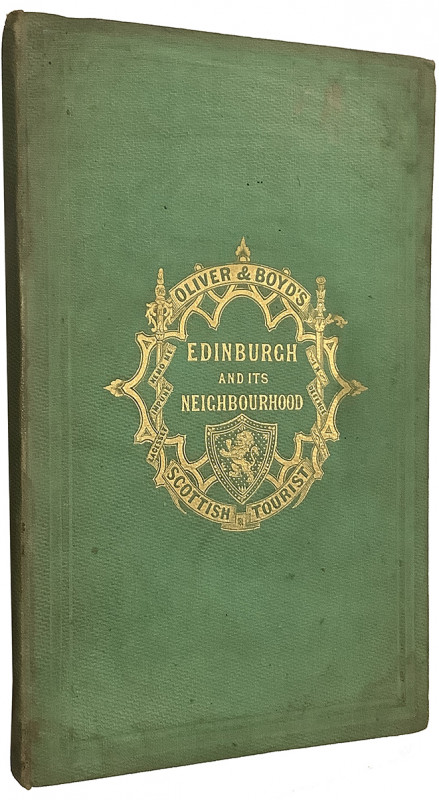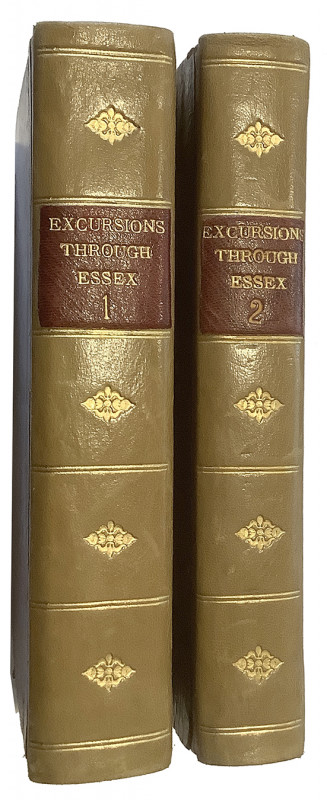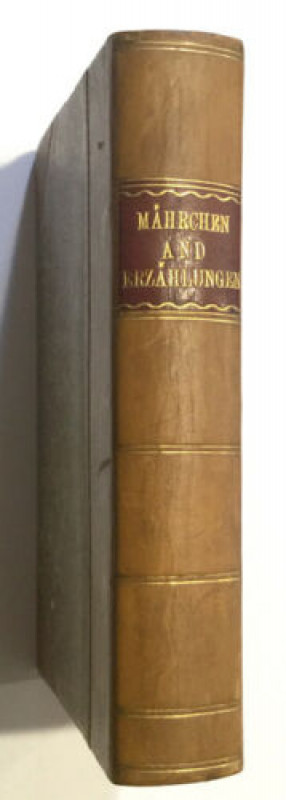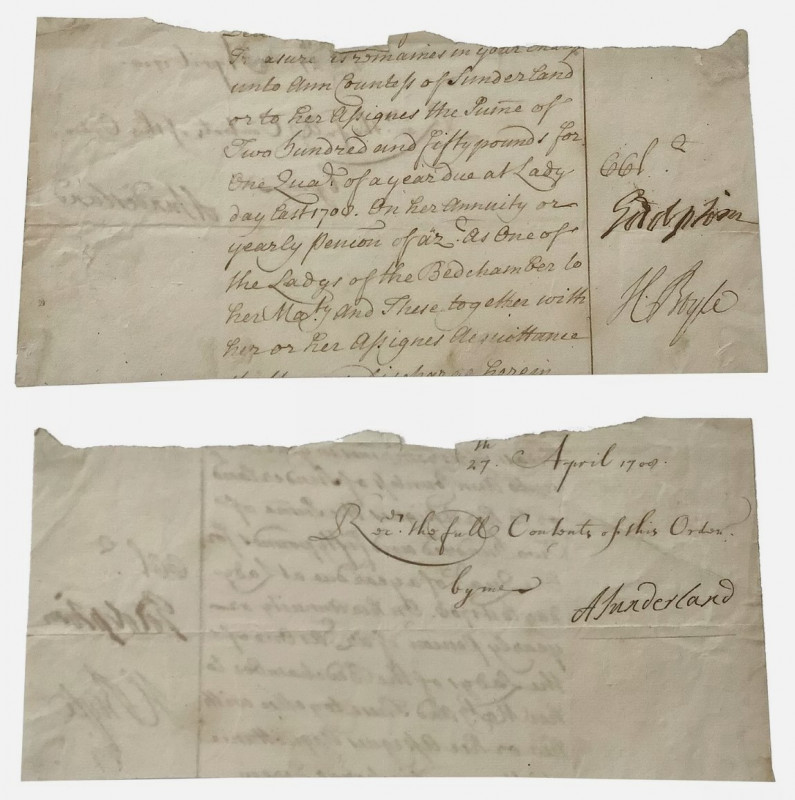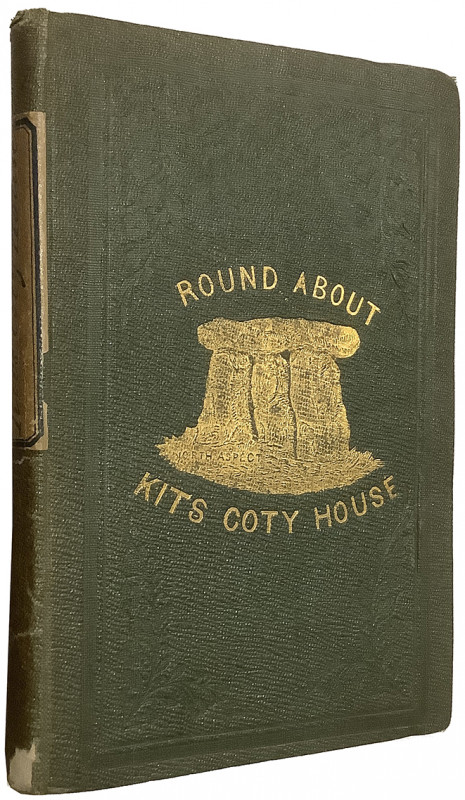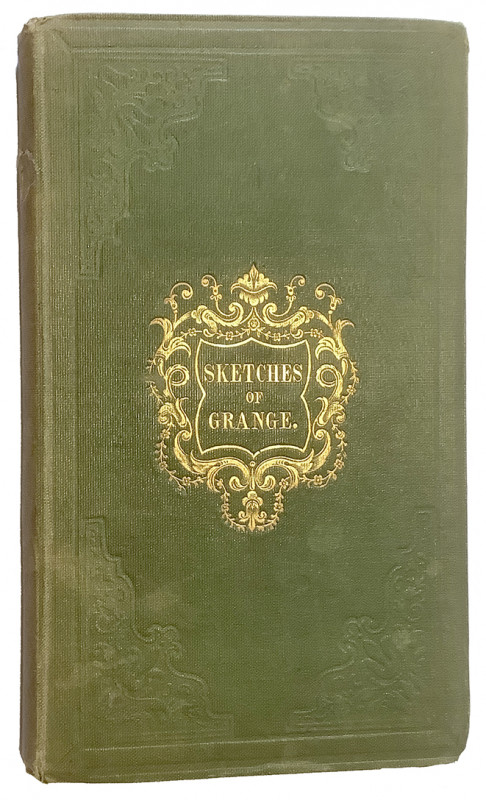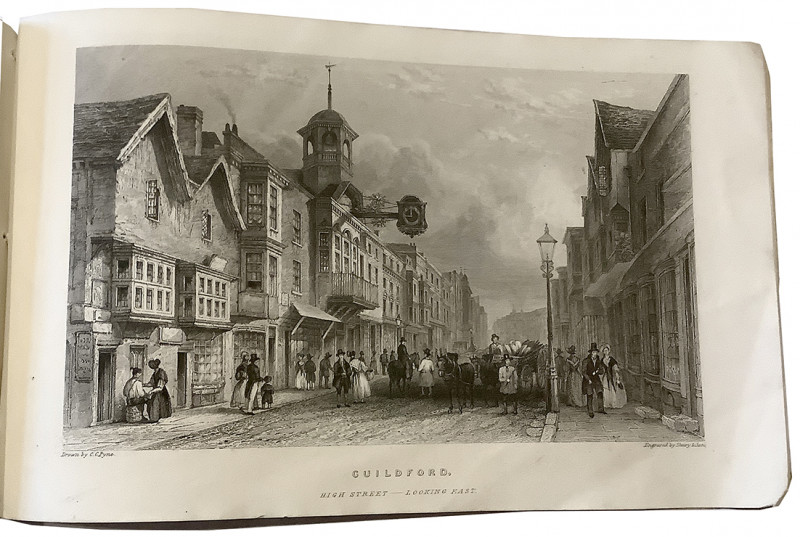First Modern History of Art. 1766.
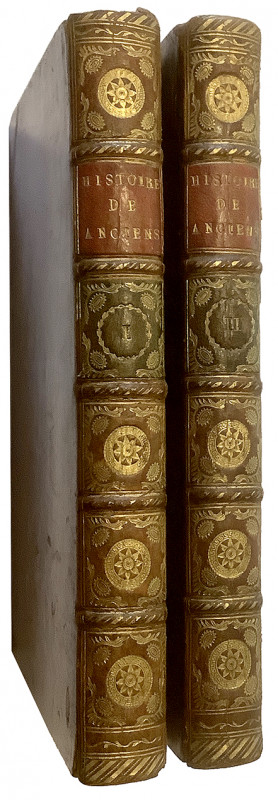
slide 1 of 1
slide 1 of 1
Book Description
Winckelmann's most influential work; a manifesto of neo-classical art,
and sometimes referred to as the first modern history of art.
WINCKELMANN, Johann Joachim. Histoire de l’Art chez les Anciens. Ouvrage traduit de
l’Allemand. Two volumes. [4], lvi, 360pp; [4], xxviii, 343, [1]p., half-titles., 22 engravings (vignettes,
headpieces and tailpieces) showing ancient gems and sculpture (some in the Stosch or Albani collections)
representing ancient gods, heroes and ceremonies. A near fine copy in full contemporary sprinkled calf,
ornate gilt spines in six compartments with red morocco title labels, and red morocco volume numbers set
within gilt green morocco labels. Several near contemporary annotations to the text and early ownership
names to the inner front board and end-paper.
8vo. a Paris chez Saillant, rue S. Jean de Beauvais. 1766.
~ As early as 1755, before leaving Germany, he had issued his essay, Gedanken über die
Nachahmung der griechischen Werke in der Malerey und Bildhauerkunst (Reflections on the imitation
of Greek works in painting and sculpture), finding in ancient Greek art an 'edle Einfalt und stille
Grosse' (noble simplicity and quiet grandeur). In the History he combines attention to the minutiae
of art with an overview of Greek and Roman art as a process of rise and decline, in which he
differentiates eras on stylistic grounds. Like Vasari, he sees European art as declining from the time
of Constantine, indeed as declining from the fifth century B.C. through the Hellenistic and Roman
periods. He is like Vasari, too, in taking as his criterion of good art the degree to which it is based
on naturalistic representation and attains beauty - though like other theorists who allow a place for
the 'sublime' he accords the 'serious' style of Greek art a higher place than that of the 'beautiful'. He
also touches on the influence of climate and location on artistic creativity and the relation of
creativity to political freedom. Above all by his infectious enthusiasm he turned European art-lovers
from their adulation for the arts of Rome to an adulation for those of ancient Greece. In Goethe's
estimation Winckelmann's works with all their learning were written 'as something living for the
living, and not for those entombed in the dead letter'. Ref: Royal Academy.
Author WINCKELMANN, Johann Joachim.
Date 1766
Friends of the PBFA
For £10 get free entry to our fairs, updates from the PBFA and more.
Please email info@pbfa.org for more information
